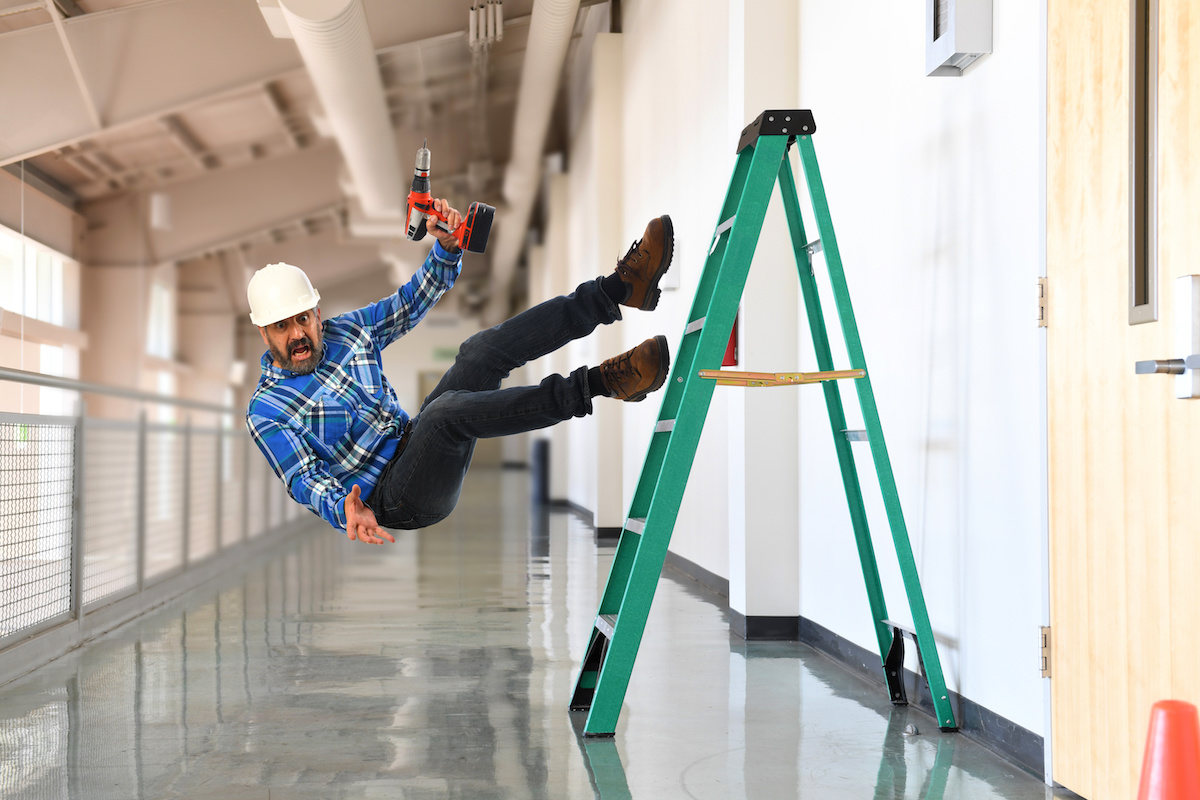Understanding Interior Design Liability in Architectural Plans
Understanding interior design liability is essential for architects, designers, contractors, homeowners, and renters. Knowing possible hazards and liabilities will help you prepare and take the necessary steps to protect yourself, your money, your time, and your business or your home. A lack of preparation can result in losing millions of dollars and many hours on costly repairs, personal injury claims, and legal battles.
What can go wrong in interior design?
Interior design risk management starts with understanding common mistakes, damages, and hazards.
- Mistakes in color, materials, furniture, or design.
- Interior design renovations superficially damage a home.
- Interior design work damages structural integrity.
- Personal Injury or exposure to hazardous substances.
This article will dive into health and safety hazards.
Health and Safety Hazards in Interior Design
Interior design renovations are usually less dangerous than building a skyscraper. However, this does not mean there are no dangers. Keeping yourself and the people around you safe is your most crucial Interior design legal responsibility. Proper preparation, inspections, supervision, and enough time to do the work without rushing are essential to keep everyone safe. According to the Occupational Safety and Health Administration, OSHA, most deaths in construction sites could have been prevented by following their standards and regulations. But accidents do happen, and if they do, remember the first thing to do is call emergency services and get the injured person medical assistance. Safety and health are first and foremost.
Led and Asbestos Poisoning in Interior Design Renovations

According to a U.S. Department of Housing and Urban Development study, 38 million housing units have lead-based paint. The older the house you are renovating is, the more likely it will contain lead-based paint. If the home you are working on was built before 1978, the EPA recommends you assume it has a lead-based paint base and hire a certified inspector or risk assessor. If the home you are renovating has lead paint, you are legally obligated to follow the Renovation, Repair, and Painting (RRP) Rules. Failure to do so might result in health problems for anyone in contact with paint dust, fines, claims, and lawsuits.
Asbestos is another chemical that poses a health hazard for home renovators, especially for homes built before the 1980s. When not correctly handled, Asbestos releases fibers that are known to cause cancer, including mesothelioma.
If you are in the exploration phase of your project, ensure that the contract you sign stipulates that the house owner is responsible for lead and asbestos inspection costs and additional costs that might arise from following RRP rules. Ensure everyone knows where the Interior design project liability lies.
Personal Injury from Ladder Falls and Falling Objects

Some interior design renovations might necessitate the use of ladders. Falls from heights over 6 feet might result in serious injury, fatalities, and personal injury claims. Falls from heights and ladders are the most common cause of construction workers’ deaths. However, it’s not only people who fall. Falling objects, like hammers, furniture, or power tools, can cause serious bodily harm to people near or beneath work at heights, even in interior design.
The liability for those injuries and deaths or injuries entirely lies with the employer. OSHA has clear and strict standards that all employers must follow when using ladders or working at any height. Remember it is the employer’s legal responsibility to ensure safe working conditions and that workers follow safety standards. Interior design safety compliance can save lives and millions of dollars.
Summary
While interior design is not as hazardous as other construction work, homeowners, architects, designers, and contractors must consider multiple hazards, as well as OSHA and EPA standards and regulations to follow. When renovating homes or buildings made before 1980, hire lead and asbestos inspectors. Remember that employers are responsible and liable for working conditions and employees’ safety.
The contracts between the designer, owner, and contractor determine interior design liability. Clear communication on responsibilities and where liability lies will help everyone perform their duties with the utmost care. Interior design professional liability insurance will bring peace of mind and economic safety to everyone involved in the projects. Make beautiful and enjoyable spaces and keep everyone safe by following standards, having clear communication channels, and ensuring everyone has the time and appropriate tools to do their work. If you have worked on an Interior design project and have suffered an accident or have been exposed to harmful chemicals, hire a professional lawyer to make sure your rights are protected and you receive the compensation you deserve.






